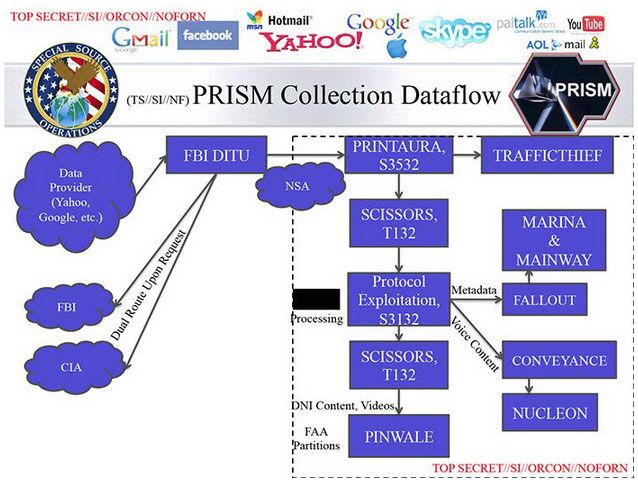
The “tag” is never innocent. While its lethality depends on who is deploying it, for what purpose, and how—as a weaponized device or action—it has been designed. Even at its most simplistic, the tag inevitably marks a “place” wherever it appears, sometimes fatally. It is both a product and a producer of territoriality, space, and politics.
Needless to say, the tag has come a long way from any origins as a banal object to the kinds of abstract meanings it connects with imaginary geographies today. Its trajectory continues to trace a history of different systems of identification and models of control that are brutal and dehumanizing. From clothing labels associated with a “ghetto” class or others known to use sweatshops in manufacturing, to prison garb, soldier’s dog tags, “slave tags” and the slave origins that led to American policing and its badges, to the cryptic insignias on military unit patches (which represent a quizzical ethos about how the military establishment imagines itself), to the urban politics of graffiti, license plates, Canada's “Eskimo tags,” Holocaust tattoos, armbands, and ID badges, inmate and gang tattoos, and so on—the menacing qualities of “tagging” have persisted in brutal fashion.

When applied to the human body, from a corporate fob card to a house arrest ankle monitor, a brand logo, body piercing, or micro-chipped passport, it is almost impossible to ignore the tag's significance as a bio-political technology that allows values and premiums on life to be reimagined, redefined, or reordered, usually to conform to capitalist modernity. The tag, interpreted more widely, can easily be seen in various guises servicing the carceral state and the surveillance vectors that go into the state's constant penetration of our lives. More alarming, when tags act as a scientific syntax used to interpret military intelligence and justify its targets, life becomes a mere object of controlled and delimited politics. The “targeted life” object of tagged data (one that ultimately meets an end tagged by missiles) becomes itself another kind of statistical tag populating the celebrated cartographies of victory. In the end, human life is reduced to body tags and body bags.

However, it is the digitized, mediated, and networked applications of tags that probably perform the greatest violence. Beyond barcodes, RFIDs, geotags, hashtags, HTML metatags, at its most egregious, the tag's current legacy is carried by its role in aiding the surveillance apparatus' intrusive data collection and mining operations. The metadata tag feeds complex systems in the labeling and sorting of bulk data through an ever-expansive techno-military infrastructure; a system that relies on the principles of preemption—what theorist Brian Massumi refers to as “the operative logic of our time.” Perhaps the tag has never been more pervasive or intangibly positioned as an existential threat to the legal foundations upon which all life is valued equally than it does in the context of enacting preemptive spying and drone warfare. While its functional aim is to identify and distinguish the accused from the innocent, in actuality the tag is the very means by which everyone is at first presumed to be a “person of interest” within a larger system of degrees of suspicion, but excessive watching generally leads only to excessive doubt. Ultimately, metadata tagging becomes a lexicon for a preemptive means of cultural interpretation and production.
Tagged data is the prosthetic intelligence of a surveillance logic that dreams of being able to scan and hyper-index all human behavior within what surveillance experts John Gilliom and Torin Monahan call, an “embedded matrix of surveillant relationships.” These linguistic tags are the tiny synapses of dragnet cognition and form the backbone of the ever-increasing number of predictive tools. They are a grammatical system that makes semi-legible a skeptical inquiry, a desired investigation, a speculative reasoning of forensic infatuation. The NSA spy programs exposed by Edward Snowden revealed an entire data interception underworld that ultimately enables a massive tagging calculus for generating narratives of suspicion (including false ones); a dragnet able to scroll forwards and backwards in quasi-real time connecting dots via archives and predictive algorithms. So far, the tag has helped to erode civil rights by making the privacy of the public shamelessly transparent, while only abetting systems of governance to become increasingly more secretive and distrustful. The political process is slowly being sanitized at the backend and being replaced by an architecture of signifiers.

Metadata is an ecology that produces tag space. While humans routinely apply tags to intercepted private data, the machine in turn systematizes people using tags to correspond them with their contacts as potential suspects. You could say it's a bit like toe-tagging the entire behavioral corpse of a person, but in a pre-necrotic state; treating the living body as already dead and forensically autopsied. These classifications of suspicion are where tag and body become a singular object in the reductive thinking of techno-militaristic intelligence. While the world of total surveillance universalizes an ambient condition of a diffused panopticon, the tag collapses tag and body into a binary unit of surveillance—of surveillance matter—where human life amounts merely to a currency of suspicion. It is also where bodies become unavoidably crowdsourced as watchful registers themselves, towards what writer and futurist Jamais Cascio has referred to as the “participatory panopticon.” It is where the body becomes a tag in an internet-of-body tags moving through space, and where the tag in turn casts the body as simply another potential “suspicious package.”
This capacity of designations and characterizations that tags enable are in many respects the corollary opposite of the kind of potential that is only empowered by the physical assemblies of bodies during a protest or mass rally. The collective samples of surveilled bodies, atomized and labeled within the machine, represent a complete dissection and de-politicized dispersal of the densely packed raw power that resides in physical gatherings and actual activism. The surveillance market is constantly recommodifying the body like some Bitcoin play of biopolitics. It's a normalized viral attack on human-ness. And it's pitting the sanctity of a human’s inherent value against a constantly intensifying threat to privacy and human rights that reduces life to bits of surveilled matter. For how long will the value of body be hinged on a border where the tag manages to execute such negotiation of power?
To read the entire article, buy a copy of Observer Quarterly 2 at Blurb.

